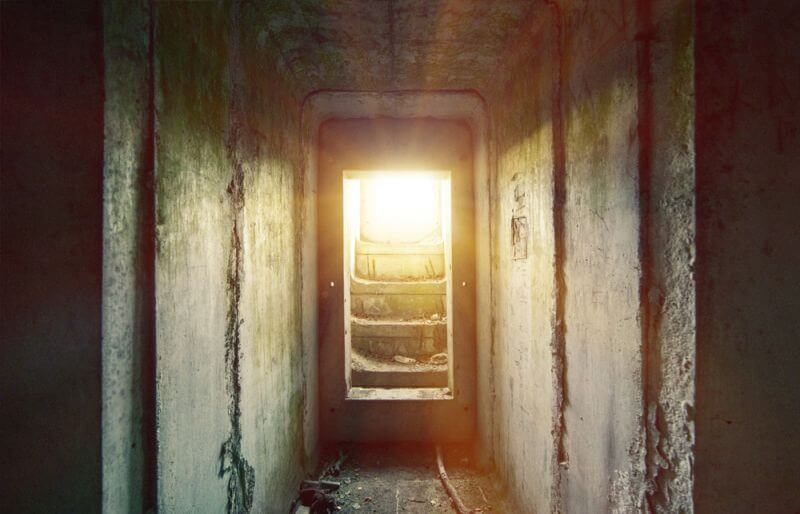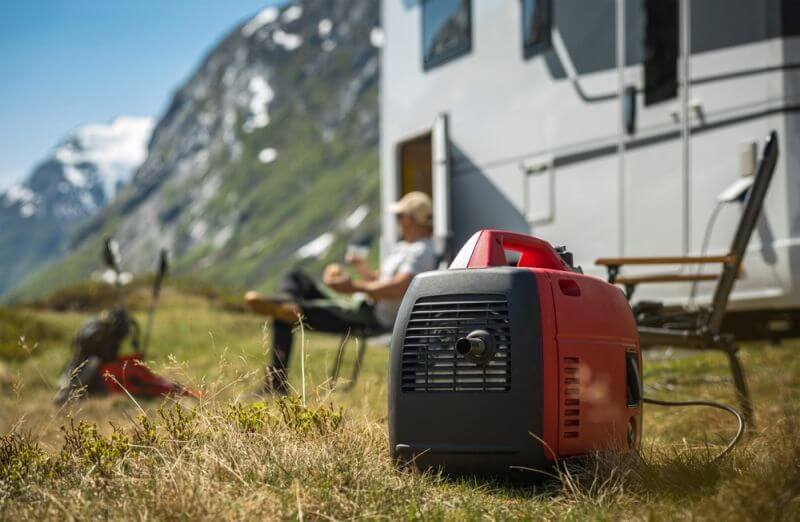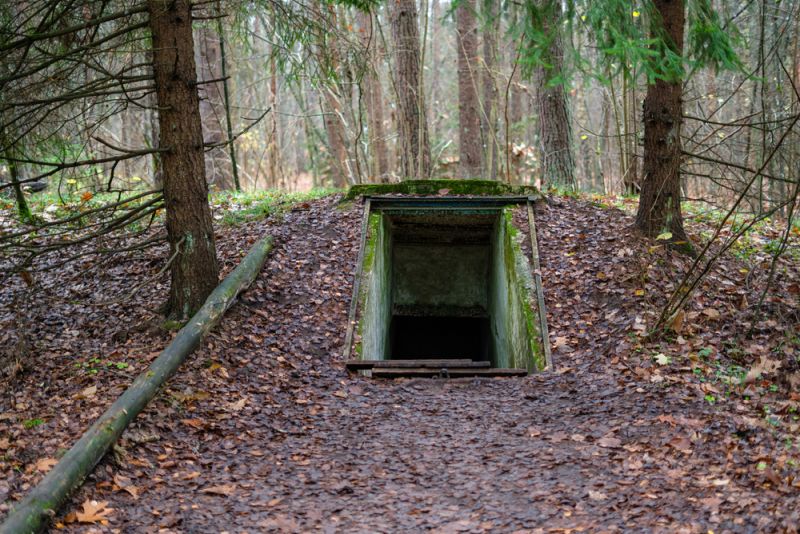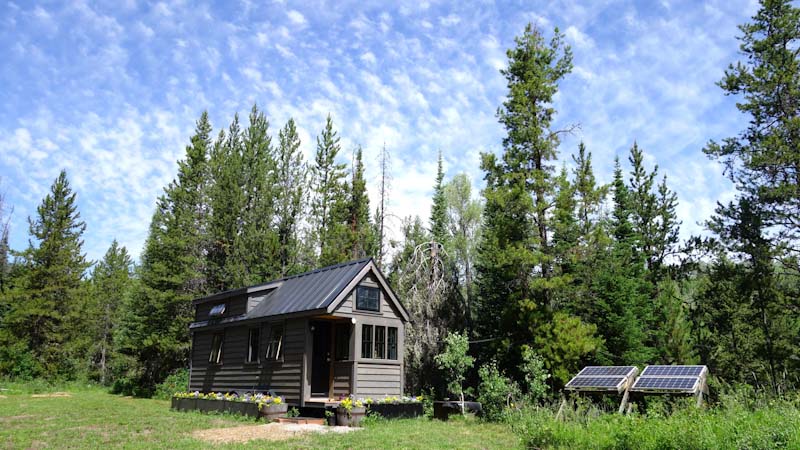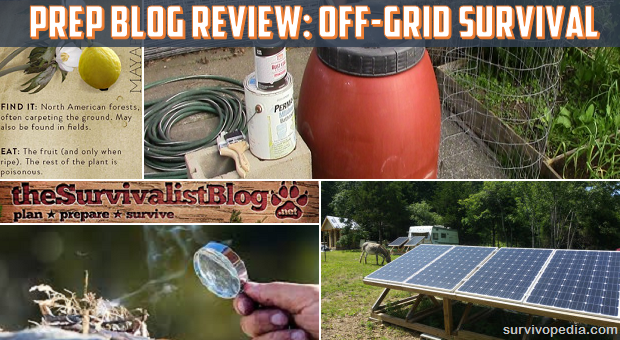
This week we found some very interesting articles on how to survive both in the wilderness and in an off grid homestead, either way without electricity or other modern aids, that make our life easier.
Let us know: have you gone the off grid way? And if yes, what aspect of it did you find the most challenging?
1. What Plants are Safe to Eat in the Wilderness
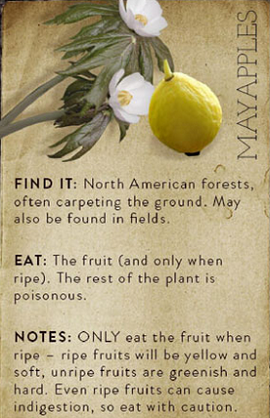
This list of what plants are safe to eat in the wilderness gives you a nice photograph of the plant, a description of where it is commonly found, which part of the plant that is edible and some additional notes to help you out. Along with great printed resources like Peterson’s A field guide to edible plants, this infographic shows quickly sources of nutrition that may be all around you, even if your garden isn’t cooperating fully.”
Read more on The Prepper Journal.
2. How to Heat a Greenhouse Without Electricity
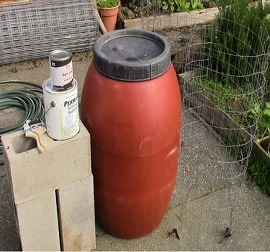
The first is by collecting the sun’s warmth as sunlight hits upon a dense material called thermal mass, such as rock and water.
Thermal mass will absorb a lot of heat throughout the day and release that heat when temperatures drop at night. Utilizing thermal mass in a greenhouse is easy since it already receives much sunlight. The second concept is with composting, since compost piles produce heat as the microorganisms within them break down the organic materials into compost.”
Read more on Mike’s Backyard Nursery.
3. How to Make Fire Without a Spark
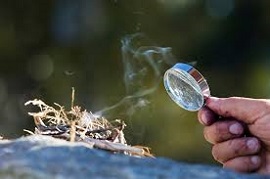
Though the title may seem counter-intuitive, science backs you up when you’re in the wild and have no lighter or match about you. I’m not going to go into the importance of fire in our lives – all the more in the wild – 1.9 million years of using fire speak for themselves, so here are a few clever methods to light a fire without a spark, which is very possible – if you know how.”
Read more on My Family Survival Plan.
4. Connecting Your Own Grid
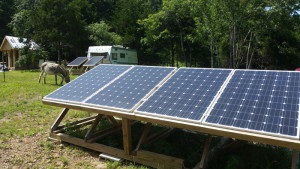
Maybe you don’t have any internet and you consider yourself “off-grid”. However, literally speaking, being “off-grid” means not using the electric company.”
Read more on An American Homestead.
5. My Journey Moving and Living Off-The-Grid

To give a short synopsis of my personal situation, marriage split, sold beach side nice house with all mod cons, bought a off-road camper and traveled for a month and then settled into my new off grid property.
To start this article I am going to say, no I’m going to shout, I was not prepared for going off grid. There are so many things that sneaked up and surprised me during the period of moving from my modern house to the point that I am at now.”
Read more on The Survivalist Blog.
This article has been written by Brenda E. Walsh for Survivopedia.



